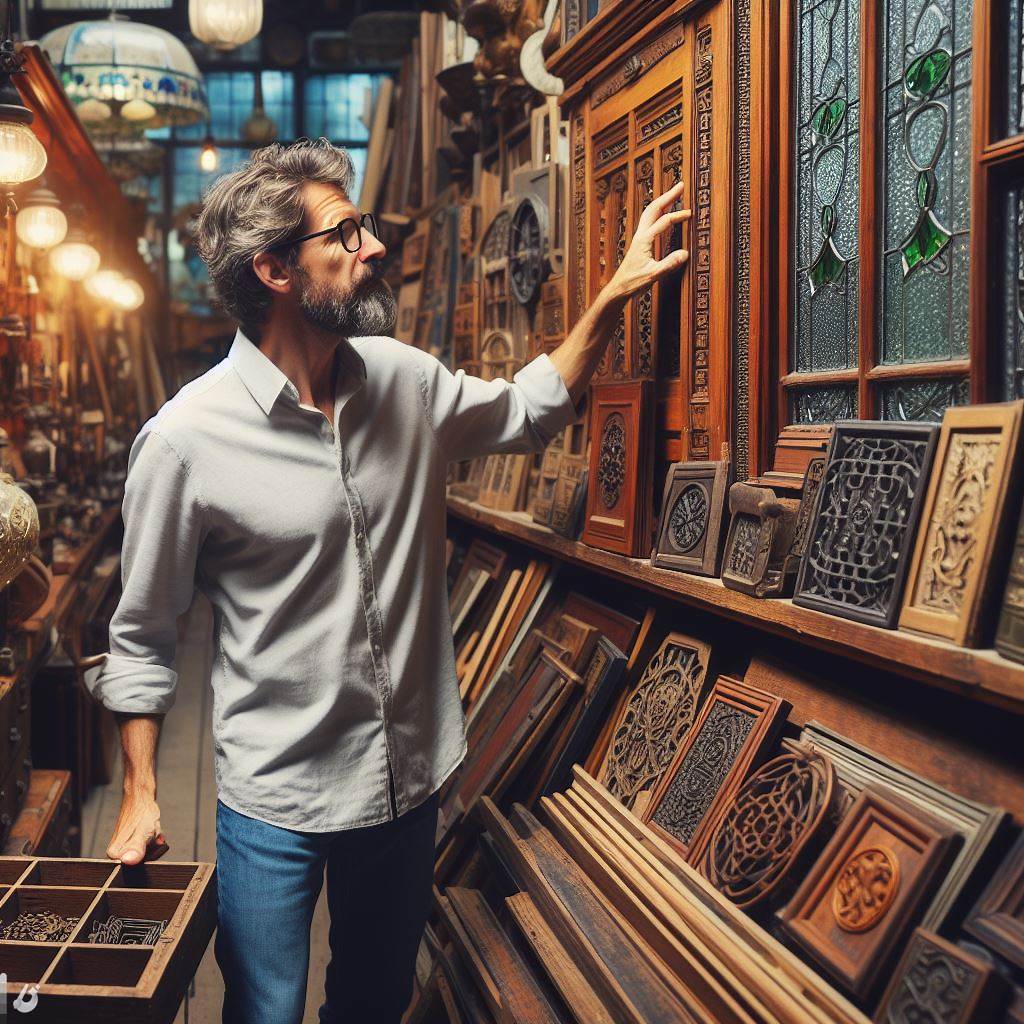Introduction
Importance of Heritage Restorations
Preserving cultural heritage is vital. Heritage reflects our history, identity, and societal roots. Neglect threatens irreversible losses.
Restorations safeguard architectural treasures. Historical buildings, monuments, and artifacts carry stories of our past, linking generations. Restoration sustains this legacy.
Revitalizing heritage spaces fosters community pride. Preserving architectural gems contributes to a vibrant cultural landscape. It attracts tourism, bolstering local economies.
Heritage sites face constant threats—natural disasters, urban development, and neglect. Restoration counters these challenges, ensuring the survival of our rich cultural tapestry.
Conservation goes beyond aesthetics. It fosters a sense of continuity, connecting us to our ancestors. Heritage restorations are bridges across time.
Purpose of the Blog Post
This blog aims to guide heritage enthusiasts and preservationists. Knowing the do’s and don’ts is crucial for successful restorations.
Understanding the significance of heritage preservation motivates action.
By following these guidelines, enthusiasts can actively contribute to safeguarding our shared cultural heritage.
Avoiding common pitfalls is essential. This post sheds light on potential mistakes to steer clear of during restoration projects. Awareness empowers effective heritage conservation.
In the upcoming sections, we will delve into specific aspects of heritage restorations.
From materials and techniques to community involvement, each facet plays a vital role.
Let’s embark on this journey of preserving our heritage intelligently and responsibly.
Read: Historic Home Renovations: Key Steps to Begin
Understanding Heritage Restorations
Heritage restorations refer to the process of repairing and renovating historical buildings to preserve their cultural and historical significance.
Importance of preserving historical buildings
- Cultural Identity: Historical buildings serve as a tangible representation of a community’s heritage and cultural identity.
- Educational Value: Preserving these buildings allows future generations to learn about their history and architectural achievements.
- Economic Benefits: Historical buildings can attract tourists, stimulate local economies, and enhance property values in the surrounding areas.
- Sense of Place: Historical buildings contribute to the unique character and charm of a city or town, creating a sense of place and pride among its residents.
Challenges of heritage restorations
- Funding: Restoring historical buildings can be expensive, as specialized techniques and materials are often required.
- Lack of Expertise: Finding skilled craftsmen and artisans who possess the necessary knowledge and techniques for authentic restoration can be challenging.
- Regulatory Constraints: Heritage restorations must comply with strict regulations to ensure the preservation of historical integrity, which can sometimes limit design options.
- Structural Issues: Historical buildings may suffer from damage caused by natural disasters, aging, or neglect, requiring careful assessment and repair.
- Balancing Preservation and Modernization: Restorations must strike a delicate balance between maintaining historical authenticity while making necessary updates for safety and functionality.
Do’s of Heritage Restorations
- Consult Experts: Seek professional advice from qualified restoration architects, engineers, and historians.
- Research: Conduct thorough research on the history and unique architectural features of the building before beginning any restoration work.
- Preservation Planning: Develop a comprehensive preservation plan that outlines the scope of work and adheres to preservation guidelines.
- Use Authentic Materials: Utilize traditional or replicated materials to maintain the historical integrity of the structure.
- Document Preservation Process: Keep a detailed record of the restoration process to contribute to the building’s historical information.
- Periodic Maintenance: Implement regular maintenance and inspections to prevent future deterioration and costly repairs.
Don’ts of Heritage Restorations
- Rush the Process: Avoid rushing the restoration process by allowing sufficient time for research, planning, and execution.
- Over-Restoration: Do not over-restore historical buildings, as it can compromise their authenticity and historical value.
- Disregard Safety Regulations: Ensure that all restoration work complies with safety codes and regulations to protect both workers and the building.
- Neglect Regular Care: Do not neglect routine maintenance after restoration is complete; regular care is essential for long-term preservation.
- Modify Important Character-Defining Elements: Avoid altering or removing significant features that define the building’s historical character.
By understanding the definition of heritage restorations, acknowledging the importance of preserving historical buildings, and being aware of the challenges involved, we can make informed decisions and contribute to the effective restoration and conservation of our cultural heritage.
Adhering to the do’s and don’ts listed above will help ensure successful and authentic heritage restorations for future generations to appreciate and enjoy.
Read: Tech for Water Conservation at Home
The Do’s of Heritage Restorations
Research and documentation
- Conducting historical research is crucial for understanding the heritage building’s significance.
- Documenting the original design and construction helps in maintaining the building’s authenticity during restoration.
Hiring professionals
- Engaging architects and engineers familiar with heritage restorations ensures expertise and adherence to historical accuracy.
- Consulting conservators and historians assists in making informed decisions regarding restoration techniques.
Obtaining required permissions and permits
- Understanding the legal aspects surrounding heritage restorations is essential to avoid any legal complications.
- Communicating with relevant authorities and stakeholders ensures a smooth restoration process while adhering to regulations.
Utilizing traditional materials and techniques
- Identifying and sourcing appropriate materials is necessary to maintain the building’s originality and historical accuracy.
- Employing traditional building methods and craftsmanship helps in preserving the heritage building’s authenticity.
Read: Solar Tech in Home Renovations

The Don’ts of Heritage Restorations
Neglecting proper maintenance
Proper maintenance is essential for the successful preservation of heritage buildings.
Neglecting regular inspections and maintenance can lead to significant issues and potential damage.
By conducting regular inspections, property owners can identify and address small problems before they escalate into bigger and costlier repairs.
Addressing issues promptly is equally important.
Immediate attention to any sign of deterioration, such as cracks, leaks, or decay, can prevent further damage to the building’s structure and historical fabric.
Timely repairs can save both money and resources in the long run.
Ignoring historical accuracy
When restoring heritage buildings, it is vital to prioritize historical accuracy.
Avoiding modern additions or alterations that compromise the authenticity of the building is crucial.
Such alterations can negatively impact its historical and cultural significance.
Restorations should aim to preserve the original design elements, architectural features, and materials that contribute to the building’s unique historical value.
Striving for historical accuracy encompasses both the exterior and interior design elements. The choice of materials is particularly important.
Using appropriate historical materials ensures that the restored building maintains its original aesthetic and cultural value.
Overlooking structural integrity
One must not overlook the structural integrity of the heritage building during the restoration process.
Assessing and addressing any structural concerns is necessary to ensure the building’s stability and safety.
Professional engineers and architects should be employed to conduct thorough structural assessments and recommend appropriate repairs or reinforcements.
Rushing the restoration process
Rushing the restoration process is another common mistake that should be avoided.
Sufficient time should be allocated for extensive research, detailed planning, and precise execution.
Rushing can result in hasty decision-making, poor craftsmanship, and inadequate repairs.
Taking shortcuts can compromise the overall quality of the restoration, potentially leading to more significant issues in the future.
Ultimately, heritage restorations require careful attention to detail and adherence to best practices to preserve the historical and cultural integrity of the buildings.
Neglecting proper maintenance, ignoring historical accuracy, overlooking structural concerns, and rushing the restoration process can all have detrimental effects on these valuable heritage assets.
By following the don’ts outlined above, a successful heritage restoration can be achieved, ensuring the continued enjoyment of these architectural treasures for generations to come.
Read: Building Materials: The Tech Edge
Conclusion
It is of utmost importance to follow the do’s and don’ts of heritage restorations to ensure the preservation of our cultural and historical treasures.
By adhering to these guidelines, we can encourage responsible heritage restorations that maintain the authenticity and integrity of the original structures.
To recap, key points in this blog post include the need for thorough research, proper documentation, and the use of appropriate materials and techniques.
Additionally, engaging with experts and seeking necessary permissions from relevant authorities is crucial.
By following these do’s and don’ts, we can protect and showcase our heritage sites, allowing future generations to appreciate and learn from our rich past.




